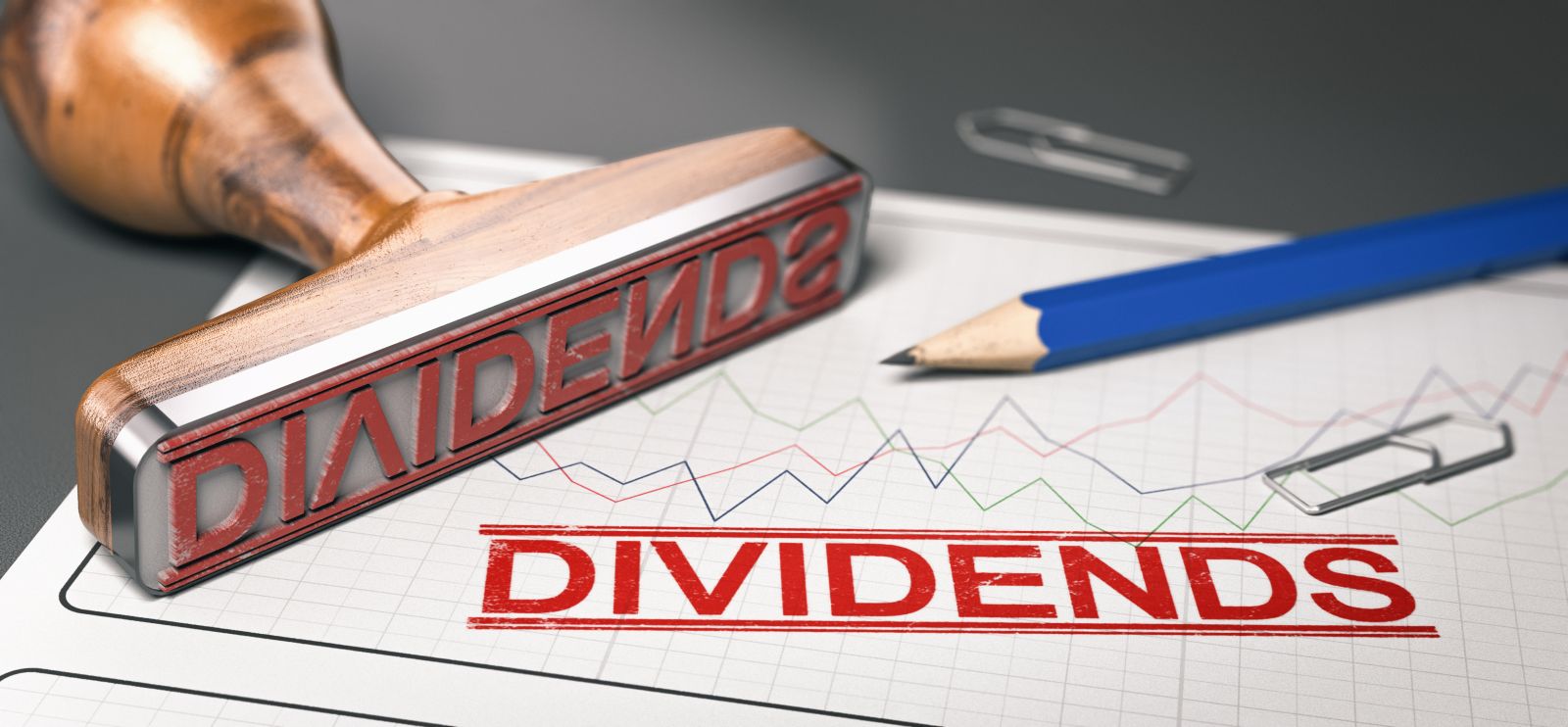
AT&T (T) stock now trades at a 6.0% dividend yield and a low forward price-to-earnings (P/E) multiple. This is attracting value buyers to T stock along with its ample free cash flow (FCF). Long-term investors in the stock also can use covered calls as another way to generate income.
As of Friday, Dec. 16, AT&T stock was trading at $18.49. Given its $1.11 annual dividend, T stock has a 6.0% dividend yield. In addition, analysts project earnings next year will stay fairly steady at $2.58, down only slightly from the $2.61 earnings per share (EPS) forecast for this year. That puts the stock on a cheap forward P/E multiple of just 7.2x.
Fundamentals Cover The Dividend
Moreover, AT&T said during its conference call on Oct. 20 for Q3 that its FCF was sufficient to cover the dividend. It generated $3.8 billion in FCF during the quarter. This more than covers the $2.0 billion in quarterly dividends (or $8 billion annually).
So, there should not be a great deal of concern that AT&T will cut the dividend going forward. However, in the past 5 years, the average dividend yield has been at 6.97% according to Morningstar. But that was before the dividend was cut 46.7% from $2.08 annually to just $1.11, and it was clear the company could not afford to keep paying this high level.
Moreover, the stock's forward P/E is now well below its historical average. Morningstar says that the average forward P/E for the past 5 years was 8.92x. So, today's forward multiple of 7.2 is well below this level. It implies that the stock could rise 23.9% just to get to its historical average multiple.
That implies that T stock could rise to $23.00 (i.e., 8.92x $2.58 EPS). We can use this to look at shorting out-of-the-money covered calls in T stocks.
Covered Calls in T Stock Look Attractive
On Friday, Dec. 16, the Jan. 27 call options at the $19.50 strike price have a mid-price premium of 15 cents per call option contract. That works out to an attractive immediate return of 0.81%, or an annualized return of 9.7% assuming it can be replicated each month.

Here is what this means. If an investor buys 100 shares of the stock at $18.49 for $1,849 in their brokerage account, they can immediately sell the Jan. 27 $19.50 calls and receive $15 in their account. Since $15 divided by $1,849 is 0.81%, the annualized return is 9.7%.
But even more importantly the investor gains a slightly higher dividend yield on an ongoing basis. For example, let's say that the investor can repeat this transaction over the next three months. That means the investor gains $45 income and effectively lowers his investment cost to just $1,805 (i.e., $1,849 - $45). This means that the annual $111 in dividend income is now 6.15% of his or her investment cost. That is higher than the original 6.0% dividend yield.
This assumes that AT&T stock does not rise to $19.50 or higher in the next 3 months. But even if it does, the investor will make an additional 5.46% capital gain on his investment. The only major risk is that the stock rises to a price much higher than $19.50. Assuming the investor considers that lost capital gain a high probability this risk may be too high.
But for many investors, this is probably not a high risk, since, as pointed out above the earnings and cash flow for AT&T seem to be fairly stable. As a result, covered calls look like a good way to make additional income with a long-term investment in AT&T stock.
More Stock Market News from Barchart
- Stocks Fall as Fed Officials Reinforce Hawkish Views
- Does the Sugar Market Symbol, SB, Symbolize Sugar Bulls?
- Competition Weighs on Chinese Electric Vehicle Makers
- Stocks Fall as Central Banks Remain Hawkish
On the date of publication, Mark R. Hake, CFA did not have (either directly or indirectly) positions in any of the securities mentioned in this article. All information and data in this article is solely for informational purposes.




/An%20image%20of%20a%20Tesla%20humanoid%20robot%20in%20front%20of%20the%20company%20logo%20Around%20the%20World%20Photos%20via%20Shutterstock.jpg)
